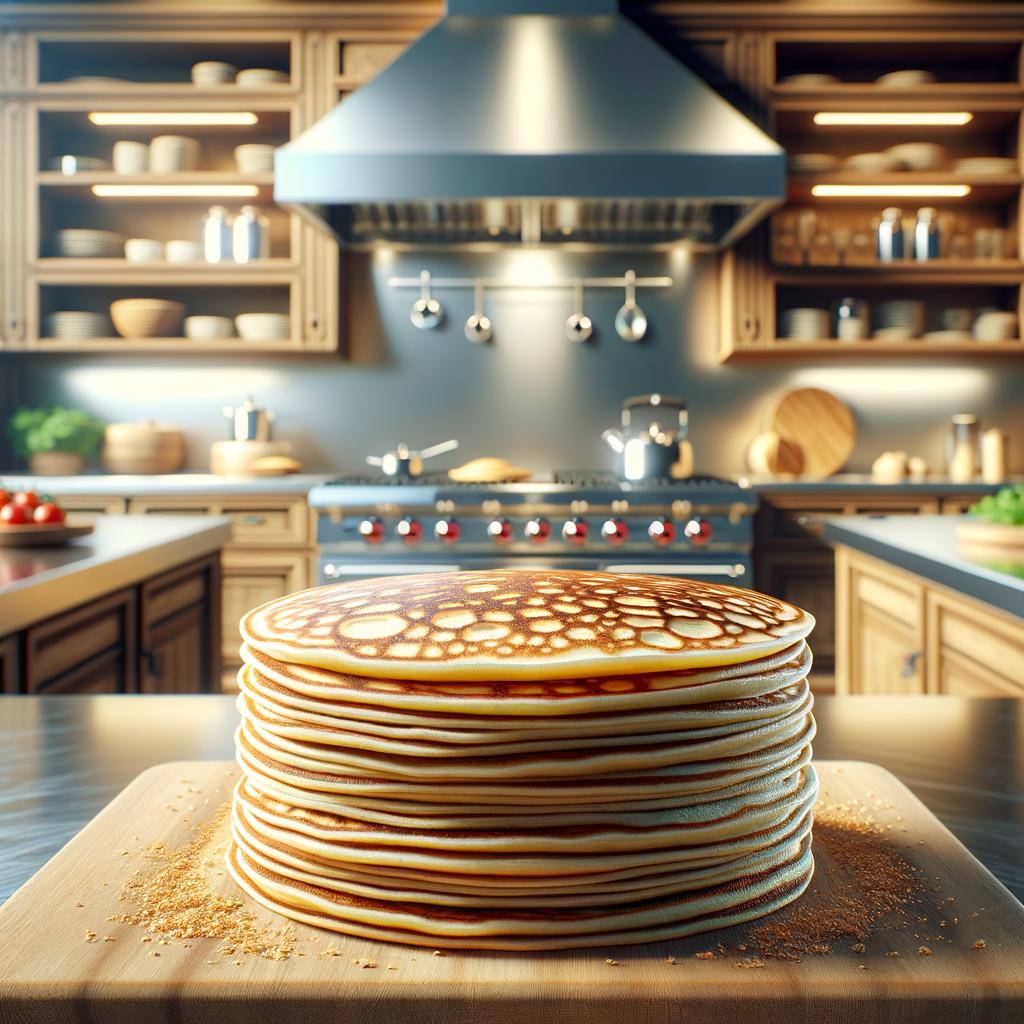Tortillas or Pancakes

Description
Tortillas, a staple food in many cultures, are a type of thin, unleavened bread made from finely ground maize or wheat flour. They have a circular shape, are soft yet pliable, and possess a unique texture that is slightly grainy to touch. The flavor profile of tortillas is subtly earthy, providing a perfect canvas for the ingredients they envelop. Their unique characteristic lies in their versatility and adaptability, easily transforming from a simple flatbread to a key component in a variety of dishes.
Primary Uses
Tortillas are incredibly versatile in the culinary world. They are used as a base for tacos, enchiladas, and quesadillas in Mexican cuisine, while in the United States, they are often used in wraps and burritos. In Central America, tortillas are served alongside meals as a bread substitute. Beyond the culinary realm, tortillas have also played a role in symbolic rituals, representing the sun in Aztec culture due to their round shape.
History
The history of tortillas dates back thousands of years to the ancient civilizations of Mesoamerica. Tortillas were a staple food for the Aztecs and Mayans, who revered maize as a sacred plant. The traditional process of making tortillas, known as nixtamalization, involves soaking and cooking corn in an alkaline solution, a method that has been passed down through generations. Over time, the popularity of tortillas has spread globally, with adaptations seen in various cuisines, such as the Indian roti or the Mediterranean pita.
Nutritional Information
Tortillas, particularly those made from whole grain corn or wheat, are a good source of complex carbohydrates. They also contain essential minerals like calcium and iron, and vitamins such as B vitamins. Compared to white bread, tortillas have a lower glycemic index, making them a healthier choice for maintaining steady blood sugar levels. However, moderation is key, as tortillas can be high in calories if consumed in large amounts.

